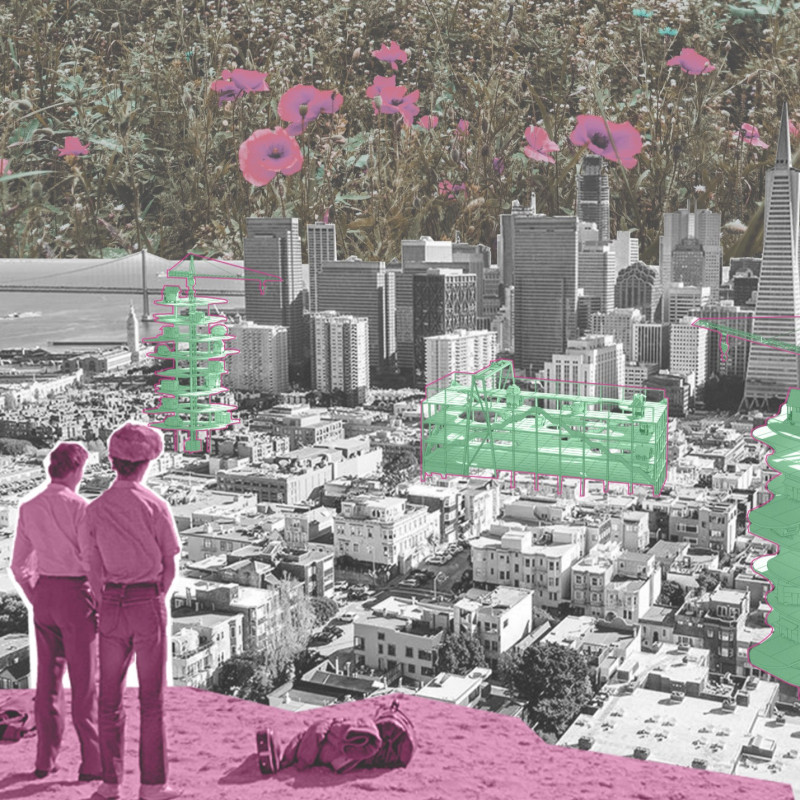5 key facts about this project
The architectural design focuses on the changing landscape of American housing by highlighting mobile homes and the tiny house movement. Located in urban environments, especially in cities like San Francisco, the project aims to provide practical alternatives to traditional housing. It emphasizes affordability and flexibility, with a design concept centered around mobility and the idea of living temporarily. This reflects modern needs for lightweight structures that can easily adapt to various contexts.
Historical Context
The design connects with the history of American architecture, linking contemporary mobile living to the nomadic practices of Native Americans and early pioneers. This historical connection adds depth to the understanding of today’s housing solutions, showing how the need for adaptable living spaces has always been part of the American experience. By recognizing these traditions, the design highlights the ongoing relevance of mobility in housing.
Community Integration
Another important aspect is the focus on community interaction within mobile living environments. The layouts are designed to create opportunities for residents to engage with each other while still offering private spaces for personal needs. These configurations encourage a sense of belonging and shared experiences, proving that mobile living can support strong community ties.
Material Selection
Lightweight and temporary materials are favored in the designs, aligning with the principles of mobility and simple assembly. While specific materials are not mentioned, the project suggests a preference for natural and recycled elements that reduce environmental impact. This choice reflects a commitment to sustainable practices that resonate with the broader goals of the tiny house movement, promoting minimalism and resource conservation.
User Experience
Incorporating personal stories from individuals living in RVs and tiny houses adds another layer to the project. These testimonials provide real-world insights into the benefits and challenges of mobile living. They emphasize how thoughtful design can improve the daily lives of residents, shedding light on the social dynamics present in these alternative housing situations.
The result is a design that considers both shared spaces and private areas, responding to the occupants’ needs while remaining adaptable in the evolving urban landscape. Each living unit reflects an understanding of how people choose to live today, balancing functionality and comfort in a practical approach to modern housing.






















































